In my previous part (which can found here if you missed it: https://steemit.com/nature/@ldr/my-plant-society-part-1) I had showcased the plants that I have placed around my household with the goal to spice the place up. Here is the much anticipated second part of my Plant Society.
Sedum Morganianum also known as Burro's Tail
Burro means donkey in Spanish, which alludes to this stylish plant's countries of origin Mexico and Honduras. As is evident from the fact that the plant has sort of exploded out of its tin vase, it is growing very well. As the Burro's Tail can be grown in and outside of a house it is definitely a very flexible plant in that aspect. The ones that are allowed to grow outside often make long droopy arrangements, which are akin to a donkey's tail, hence its name.
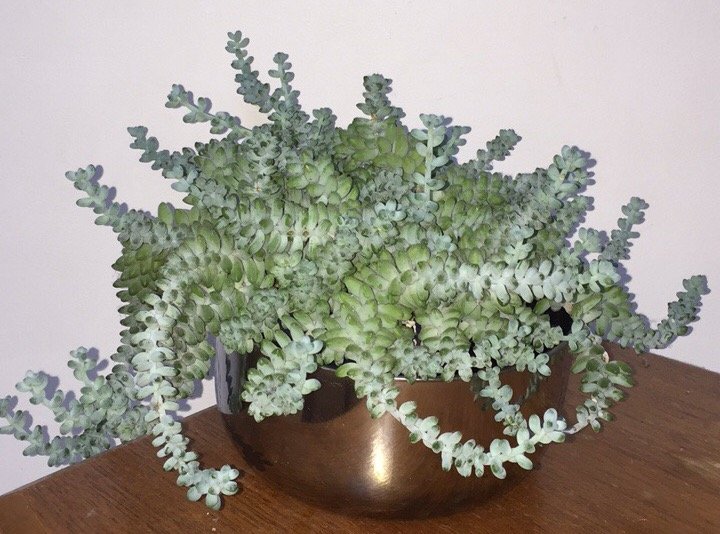
Crassula Ovata also known as Jade Plant
When my mother first saw this plant she said that it reminded her of something you would see in the 1960s. At first I was a bit confused but the more I look at this classy domestic plant the more I see what my mother was getting at. The very plump and round leaves create a soft and comforting look, which would suit any household.
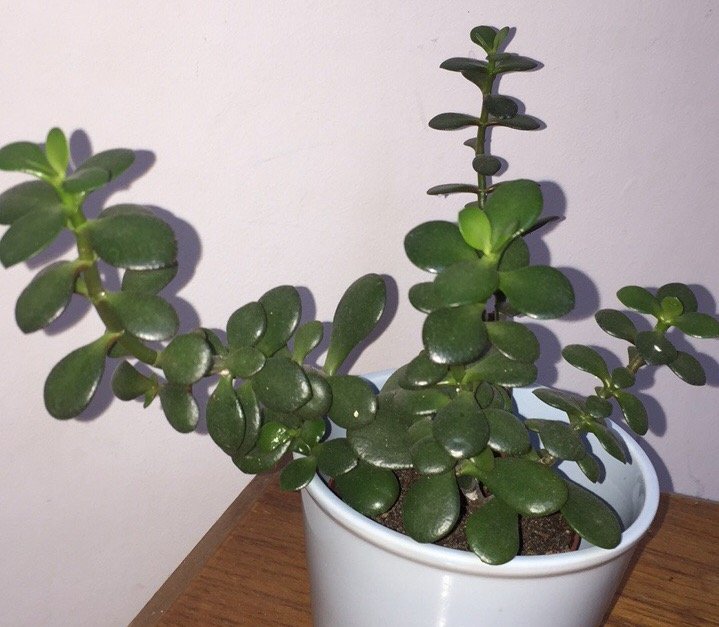
Variegated Laurel also known as Red Croton
This exotically coloured plant originates from Oceania, and its striking red colour allows it to really stand out from the rest of the plants that I own. Interestingly enough, this plant is poisonous to humans and its sap may even cause skin eczema. Its seeds are even deadly is ingested by children so be sure to keep this attractive crimson plant out of their reach.

Aloe Vera
This is a plant that I have had for quite some time, which can be seen by the fact that it seems to have exploded inside of the vase and is in desperate need for a haircut. Undoubtably the most popular domestic plant due to its alleged air purification ability. Personally I have had this plant placed in my small room for quite some time and have definitely noticed the air seemingly become more clear. Highly recommend this iconic plant to anyone interested.
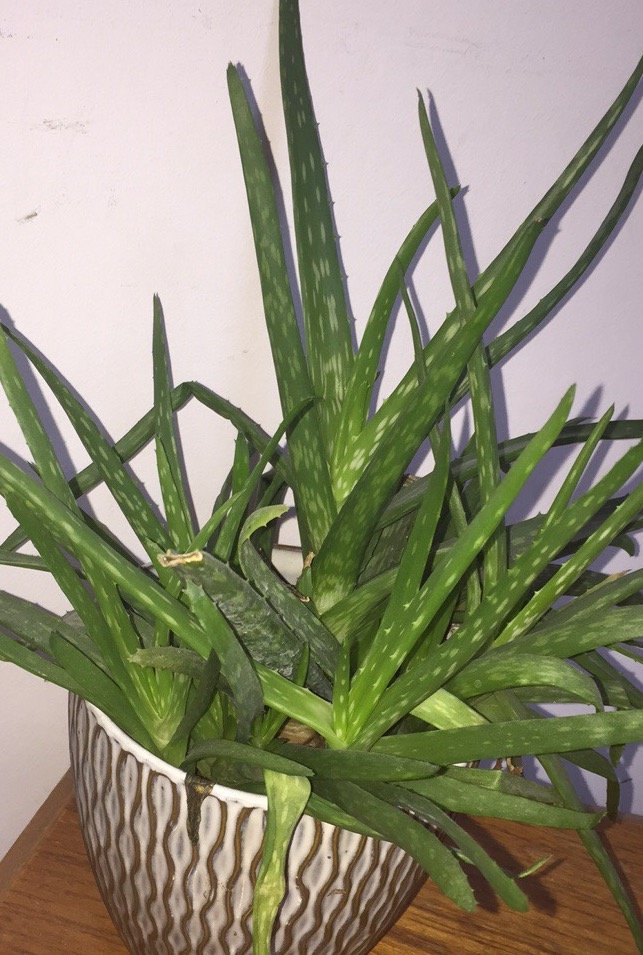
Ficus Elastica also known as Miniature Rubber Plant
The majority of Rubber Plants have huge green leaves that must be wiped clean every now and then, however I am raising a miniature variant. This means that it lacks the maintenance level of its larger brother. Similarly to the previously shown Jade Plant, the Rubber Plant gives off a very 1960s vibe due to its round dark green leaves. It has earned its name of Rubber Plant as in the past its milky white latex was used to manufacture rubber.
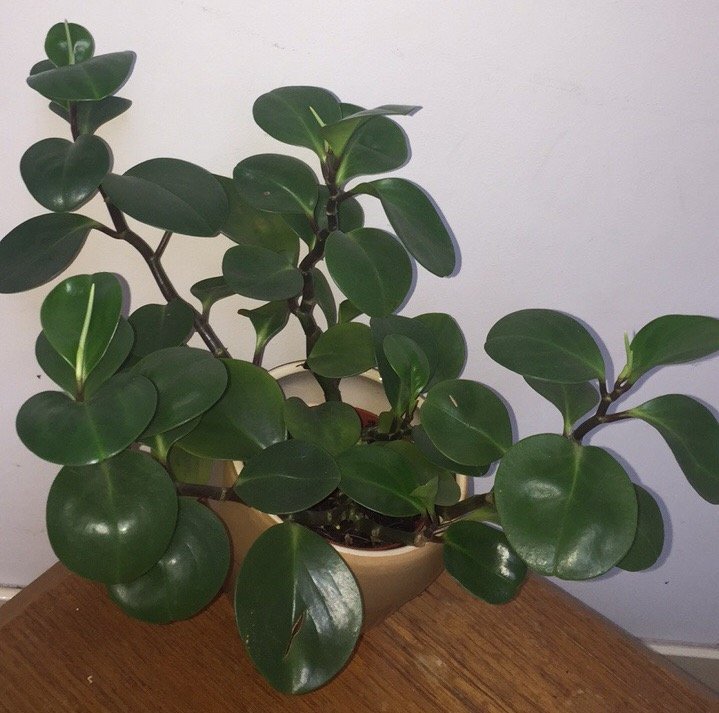
Sarracenia also known as Trumpet Pitcher Plant
Another one of the famed carnivorous plants, these Pitcher Plants work differently from the Venus Fly Trap that I had shown in the first part. Instead of mimicking a mouth to chomp down on its prey, this plant mimics a stomach. It stores digestive fluid at the bottom of its cavity or belly to digest the insects unfortunate enough to be captivated by its alluring nectar. This picky plant must be watered with distilled or rain water, as its roots are very sensitive to unwanted nutrients in the water and soil.
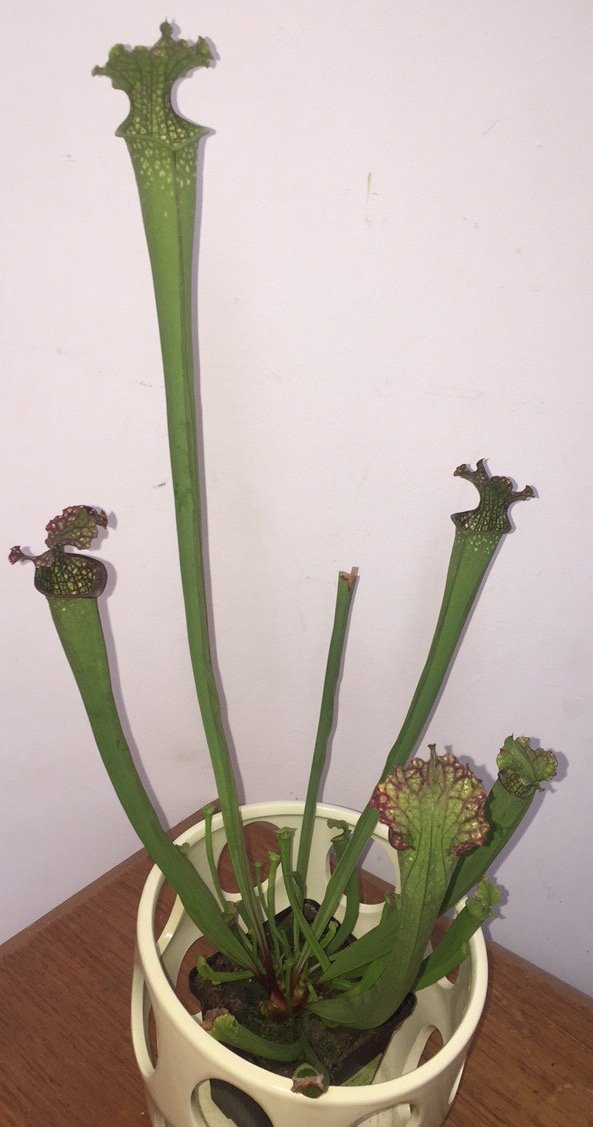
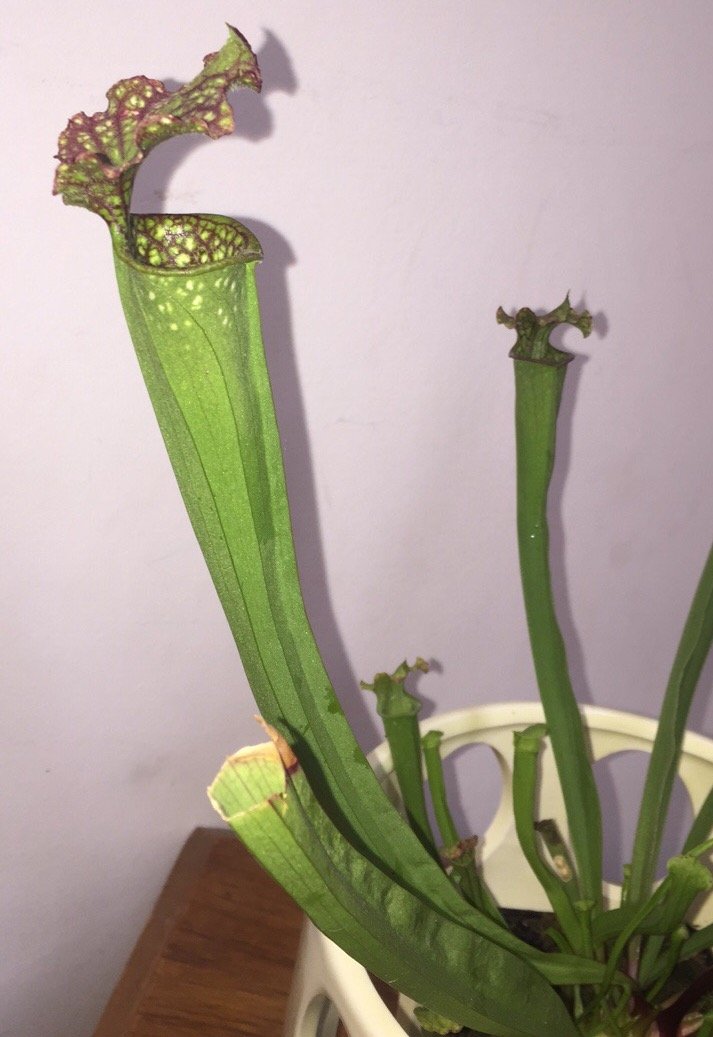
Bonus Round
Just like in the last part I decided to add some extra items that I thought flow well with my plants. The plants in the sausage dog happen to unfortunately be fake but do not take away from the vase's animalistic charm.
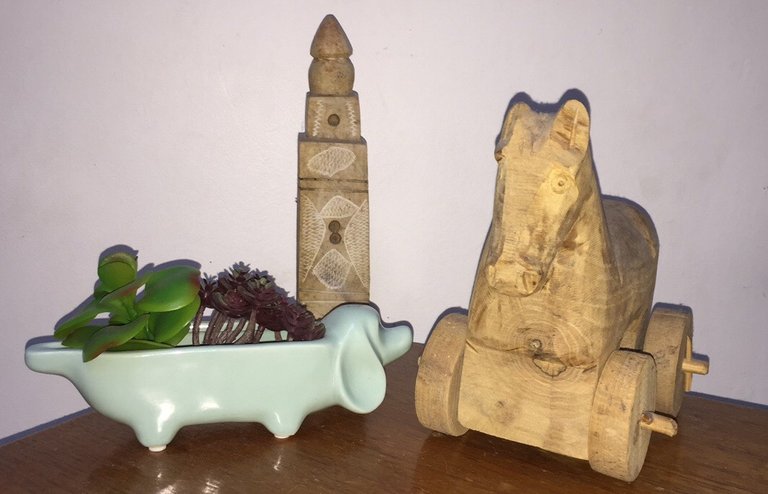
As always let me know which plant is your favourite and please feel free to suggest what new additions should be made to my ever expanding Plant Society!